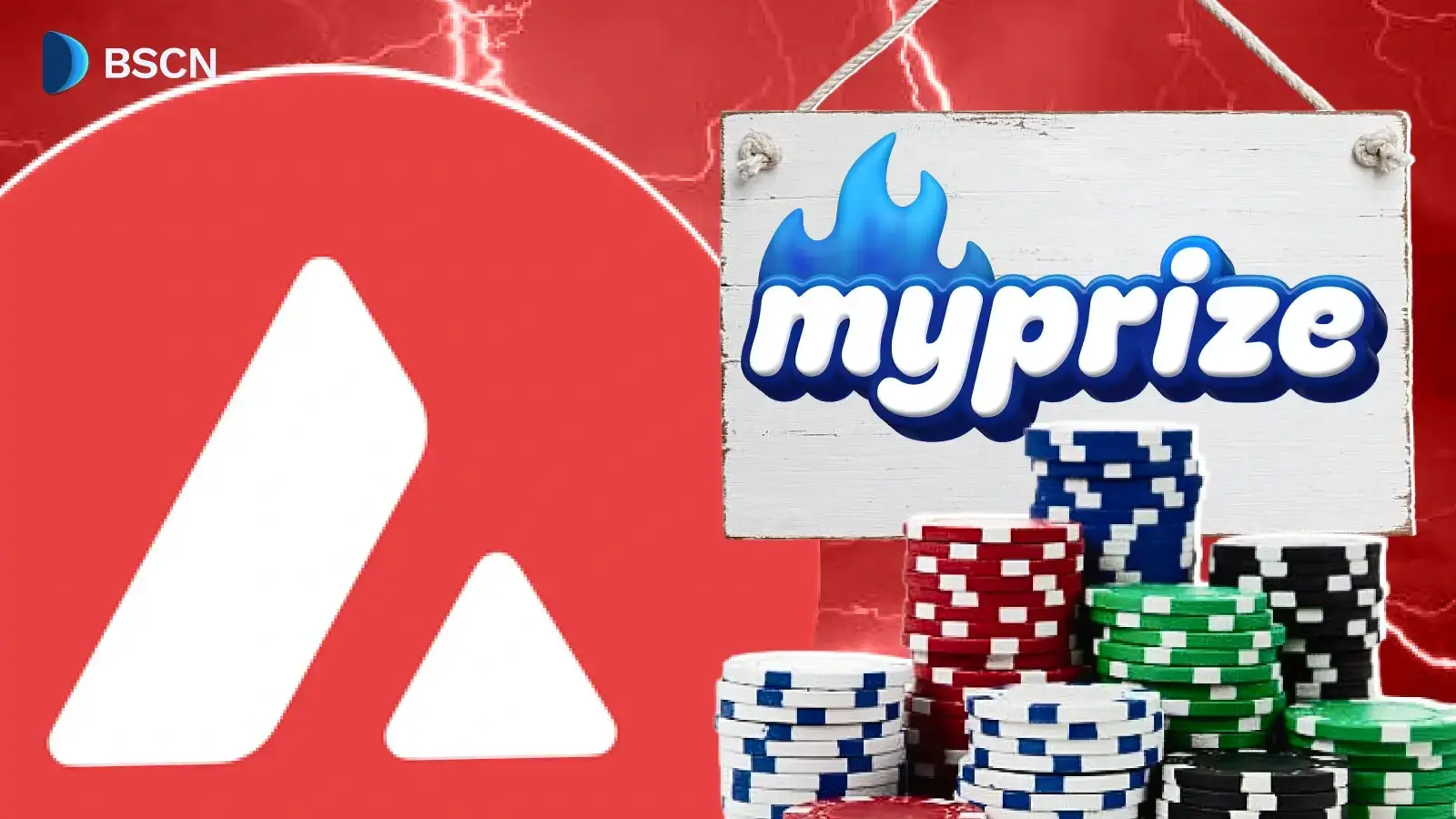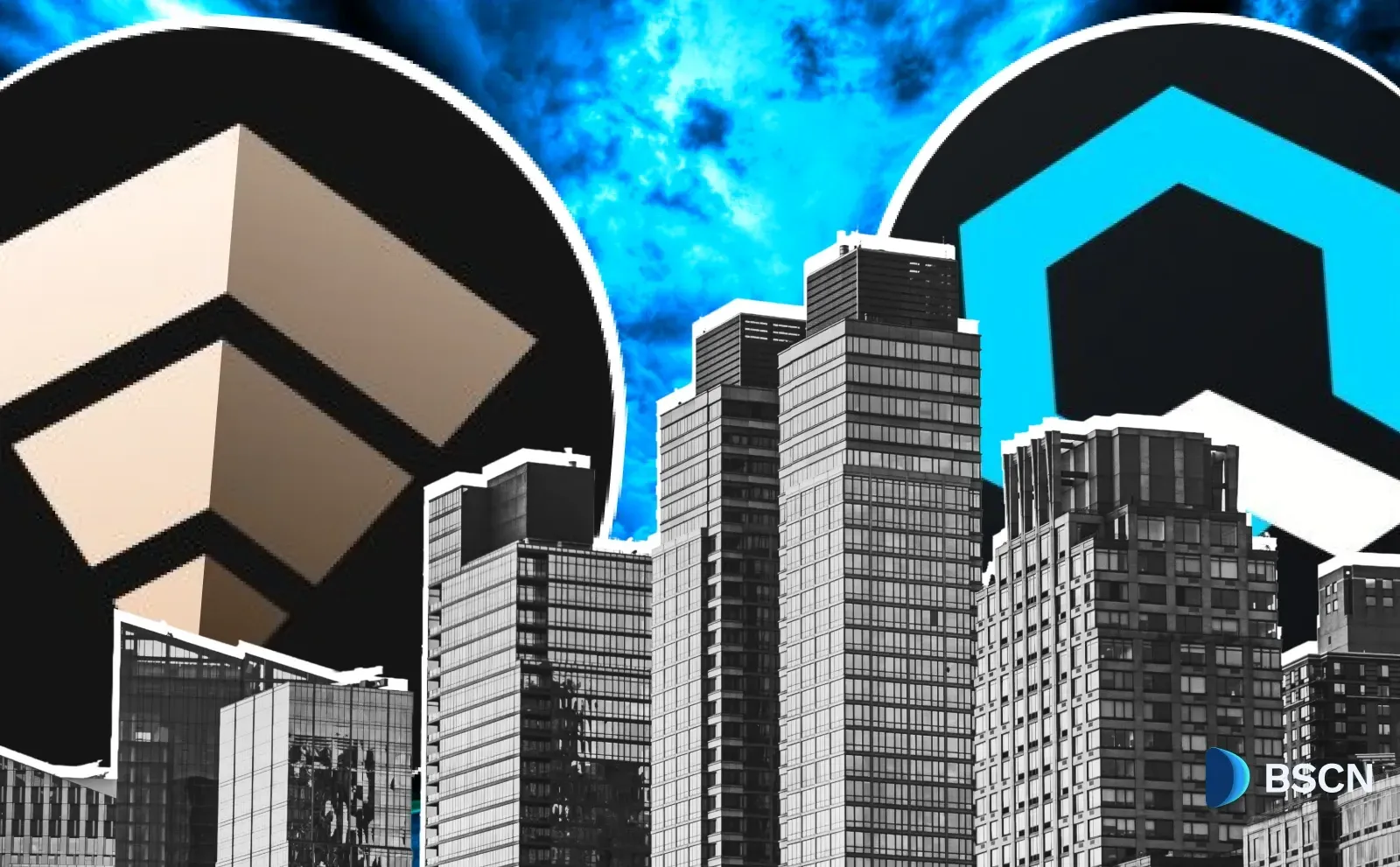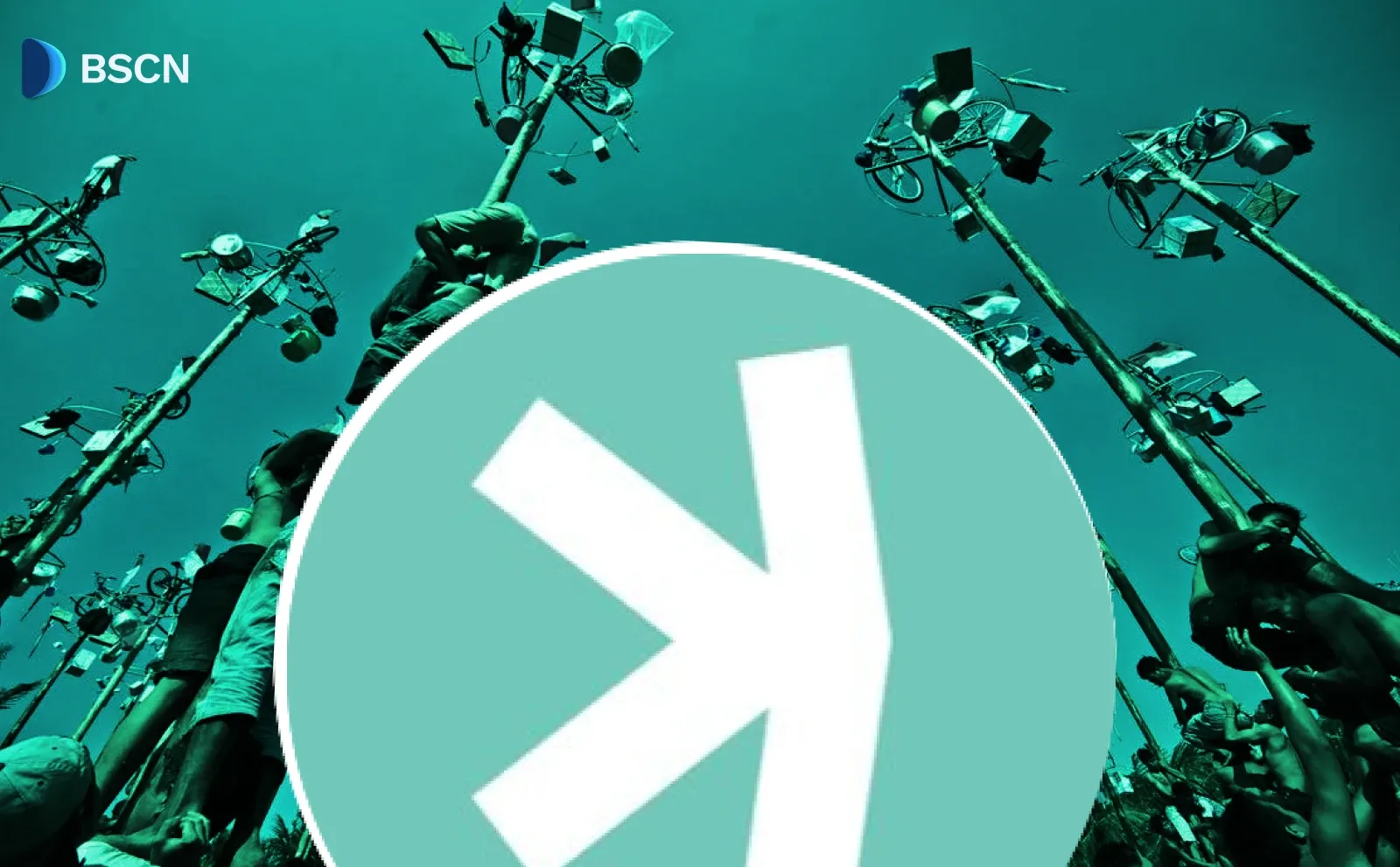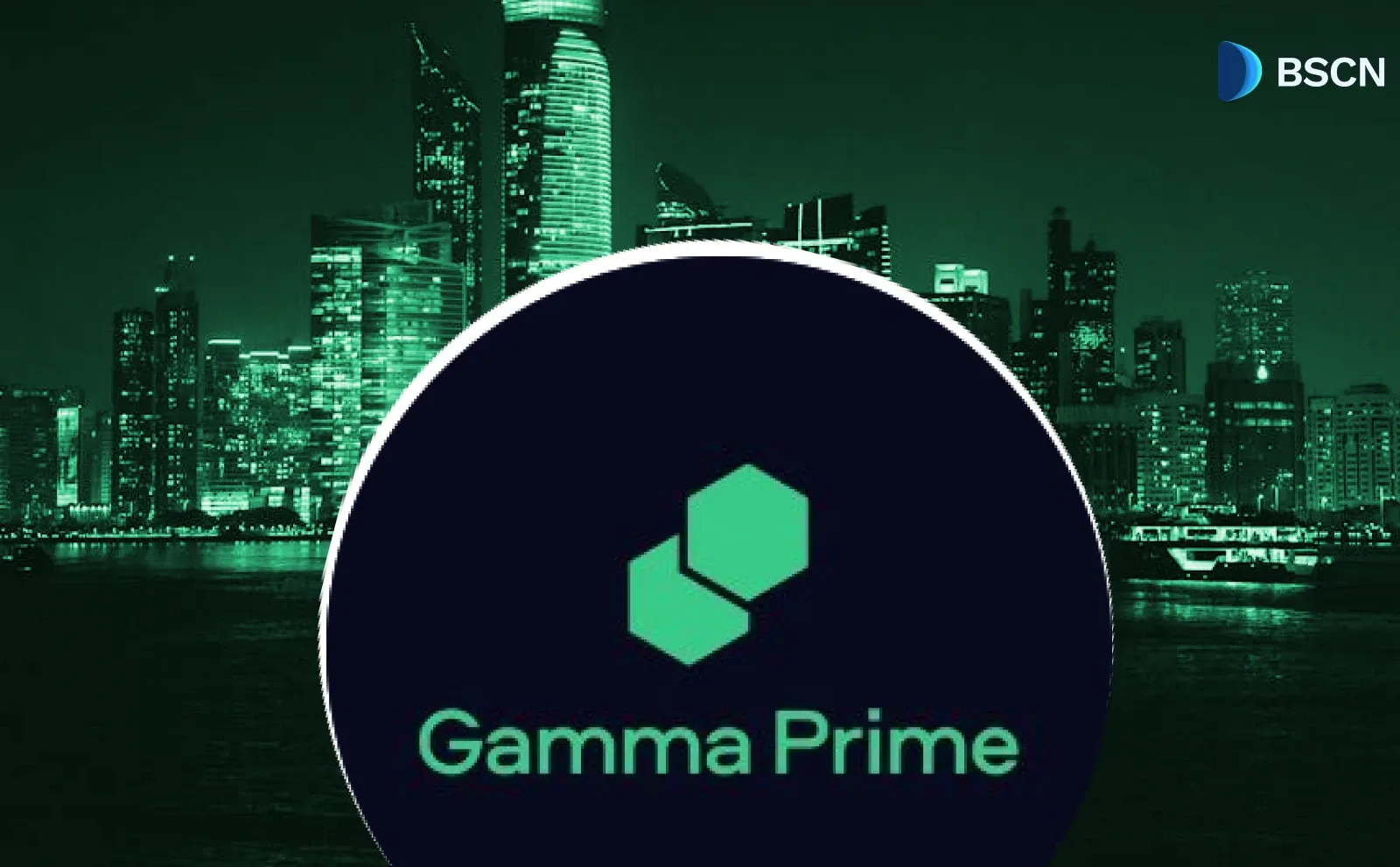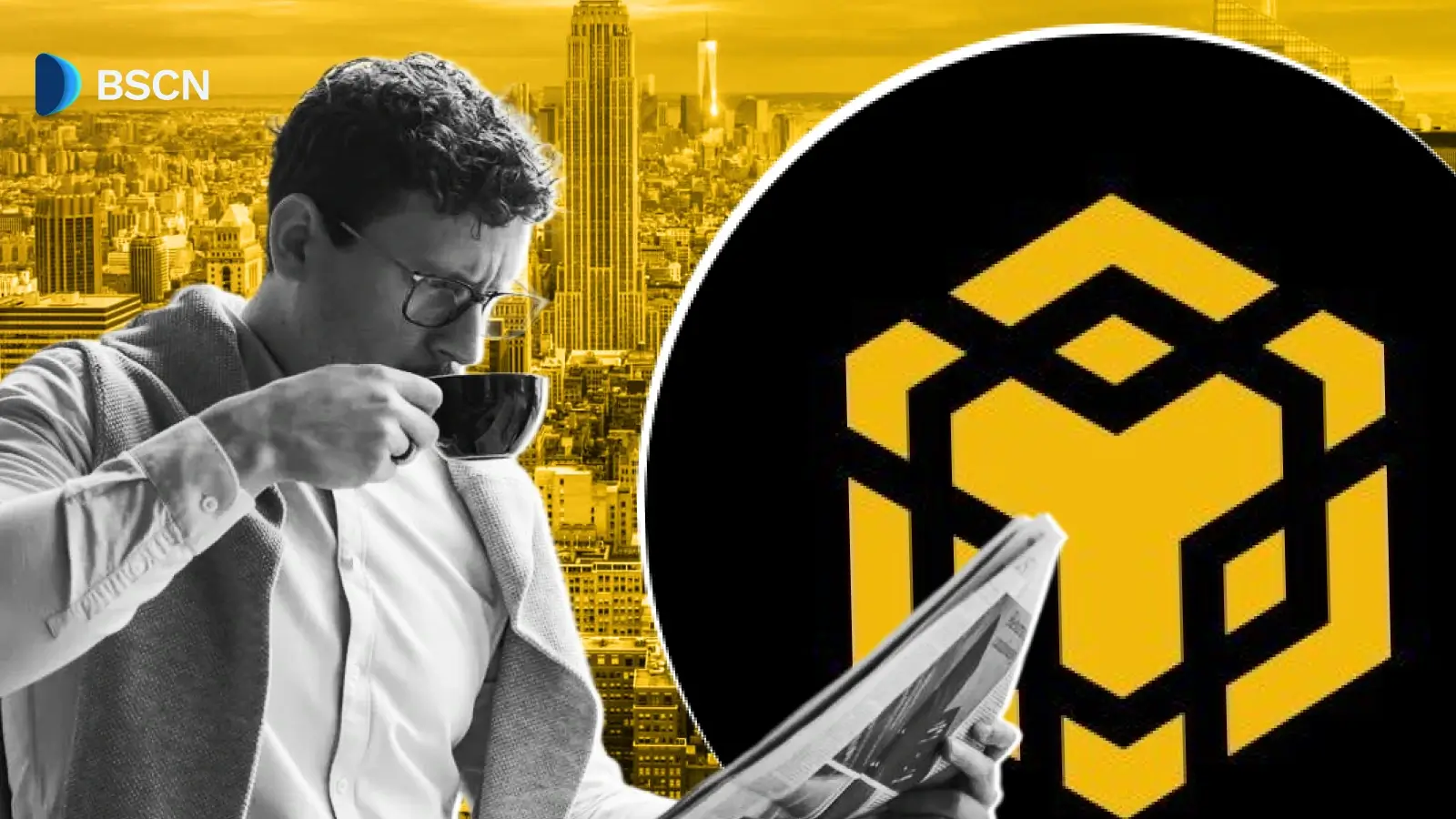Deepdive
(Advertisement)
What Is Account Abstraction? How It Works & Why It Matters

Account abstraction (AA) eliminates seed phrases, automates transactions, and enhances wallet security. Discover how AA wallets work.
Miracle Nwokwu
March 7, 2025
(Advertisement)
Table of Contents
Key Points
- Account abstraction (AA) transforms wallets into smart contract-based accounts, eliminating seed phrases and enabling automation for a more user-friendly experience.
- AA allows features like automated payments, batch transactions, and alternative fee payment methods, making blockchain interactions more seamless.
- By replacing or augmenting seed phrases with multi-factor authentication or recovery accounts, AA enhances wallet security while maintaining accessibility.
- Despite its benefits, AA may introduce compatibility issues, higher gas fees, and new security vulnerabilities that require careful implementation.
Understanding Account Abstraction
Account abstraction (AA) simplifies how wallets operate by enabling them to function like smart contracts. This eliminates the need for complex elements like seed phrases and introduces features such as bundling multiple actions or setting up automated payments.
Why Account Abstraction Matters
Traditional blockchain wallets have rigid structures. Users must verify every transaction, and losing private keys can result in permanent loss of access to funds. While these systems are secure, they’re often too complicated for widespread use, especially as a day-to-day payment method.
Account abstraction addresses these challenges by introducing automation and customization features similar to those found in smart contracts. With AA, wallet owners gain the power to set up recurring payments, manage access permissions, and streamline how transaction fees are handled. These innovations aim to enhance usability without compromising security.
EOAs, Smart Contracts, and Account Abstraction
To grasp account abstraction, it helps to understand the two types of accounts on Ethereum and other EVM-compatible blockchains: Externally Owned Accounts (EOAs) and smart contract accounts.
Externally Owned Accounts (EOAs)
EOAs are personal accounts controlled by private keys. They are represented by wallet addresses, which are used to track and execute transactions. The EOA system relies on a public-private key pair to encrypt and decrypt transaction data. The private key acts as the sole means of controlling the wallet—whoever holds it can sign transactions and access the funds.
Transactions from EOAs require validation through the ECDSA (Elliptic Curve Digital Signature Algorithm). This system generates a unique signature for each transaction and verifies it using the corresponding public key. Transactions pass through the consensus layer for network approval before being finalized.
Smart Contracts
Smart contracts are self-executing programs on the blockchain. Represented by unique addresses, they differ from EOAs in that they don’t rely on private-public key pairs for execution. This flexibility allows developers to build automated systems and customize how smart contracts interact with the blockchain.
Account abstraction separates EOAs from the rigid ECDSA-based system, making them more flexible and customizable. By removing the need for every transaction to adhere strictly to the original blockchain design, EOAs can adopt smart contract-like features. For example, they can automate tasks, batch multiple actions into a single transaction, and reduce reliance on seed phrases.
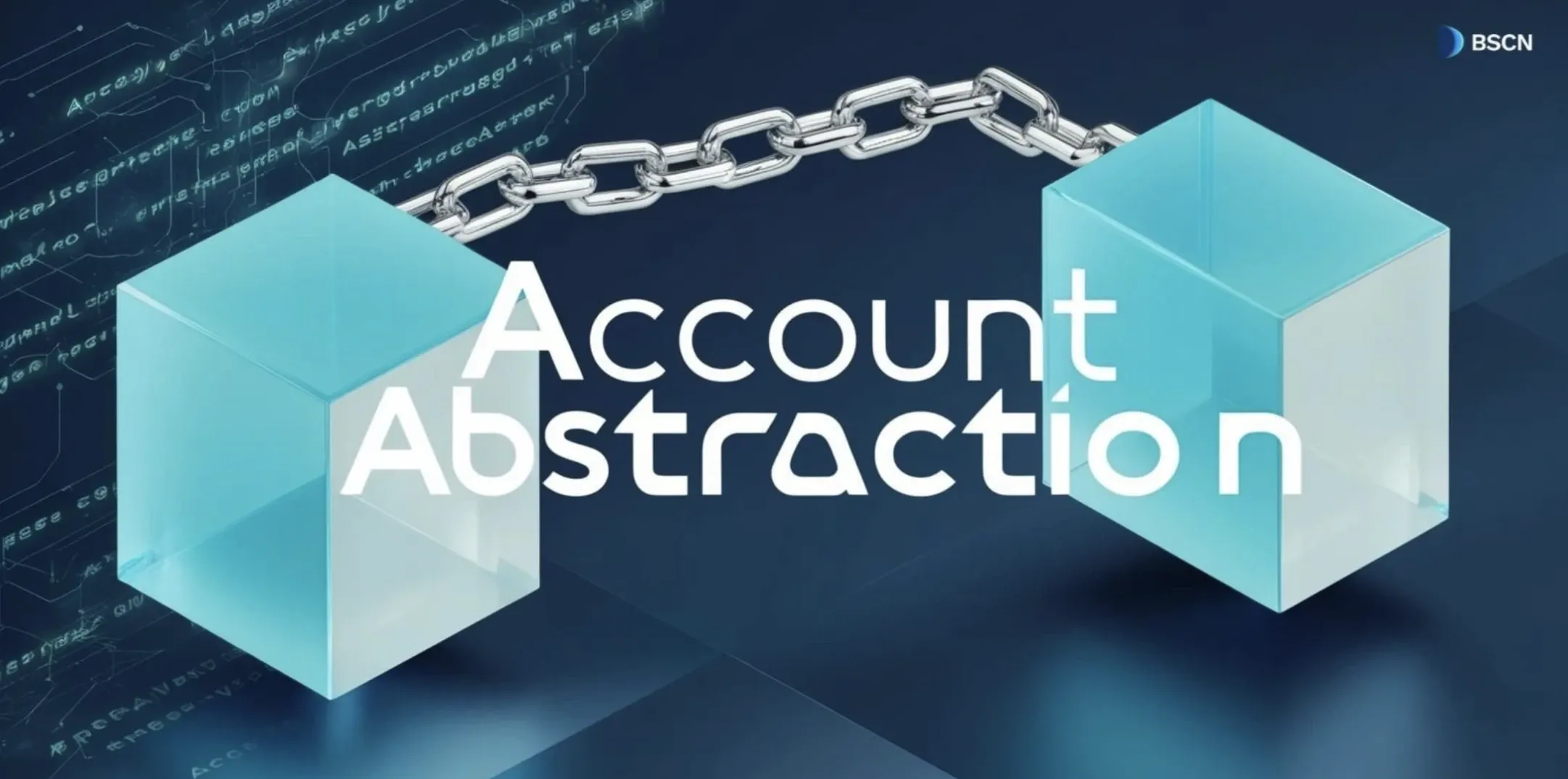
How Account Abstraction Works
Account abstraction achieves flexibility by bypassing the network’s traditional consensus layer. For smart contracts, ERC-2938 introduces a way to validate transactions using custom EVM bytecode rather than the standard ECDSA signature. This lets smart contracts fine-tune gas fees and other settings.
For EOAs, EIP-4337 proposes an abstraction system that avoids the consensus layer entirely. Instead, transactions are processed in an alternative mempool, bundled by specialized operators, and included in blockchain blocks for validation. This system allows for more advanced functionality without changing the fundamental network rules.
Benefits and Potential Use Cases of Account Abstraction
Enhanced Usability
Blockchain systems are secure but can feel intimidating to new users due to their complexity. Account abstraction can improve user experience by making wallets simpler and more intuitive. For example, wallets can include preset features that let users perform common tasks without needing in-depth technical knowledge.
Reducing Reliance on Seed Phrases
Seed phrases are critical for wallet security but can be difficult to manage. Account abstraction could allow users to replace or augment seed phrases with alternative recovery methods, such as two-factor authentication or backup accounts. Smart contracts could enable systems where users recover access by answering pre-set security questions or using pre-approved recovery accounts.
Flexible Fee Payment Options
Currently, EOAs must pay transaction fees in the blockchain’s native currency, such as ETH on Ethereum. Account abstraction could allow users to pay these fees with other tokens or even delegate the fee payment to a third party. For example, projects could cover transaction costs on behalf of their users, making blockchain interactions more accessible.
Automated Payments
EOAs today require manual approval for every transaction, even recurring ones. With account abstraction, users could set up automated payments or recurring transactions without needing to approve each one manually. This would be particularly useful for subscription-based services or regular transfers.
Batch Transactions
Instead of approving transactions one by one, account abstraction could let users bundle multiple actions into a single transaction. This would save time and streamline processes, such as swapping tokens on decentralized exchanges.
Challenges and Risks
While the possibilities of account abstraction are exciting, there are potential downsides. Compatibility issues with existing smart contracts could arise, making blockchain interactions more expensive. Additionally, the increased complexity of account abstraction might lead to higher gas fees, as smart contracts require more computational resources.
Another concern is security. While blockchain transactions are inherently secure, introducing external recovery methods or flexible account management could create vulnerabilities. Hackers might exploit these new systems, lowering the overall security level to something more akin to traditional online systems.
Conclusion
Blockchain technology offers unparalleled security and control, but its rigid design can be a barrier for everyday users. Account abstraction aims to bridge this gap, providing tools to make wallets more user-friendly while maintaining the core principles of decentralization.
By introducing automation, customization, and alternative fee structures, account abstraction could play a significant role in driving mass adoption of blockchain technology. However, as with any emerging innovation, its long-term impact will depend on careful implementation and continued development.
Read Next...
Disclaimer
Disclaimer: The views expressed in this article do not necessarily represent the views of BSCN. The information provided in this article is for educational and entertainment purposes only and should not be construed as investment advice, or advice of any kind. BSCN assumes no responsibility for any investment decisions made based on the information provided in this article. If you believe that the article should be amended, please reach out to the BSCN team by emailing [email protected].
Author
 Miracle Nwokwu
Miracle NwokwuMiracle holds undergraduate degrees in French and Marketing Analytics and has been researching cryptocurrency and blockchain technology since 2016. He specializes in technical analysis and on-chain analytics, and has taught formal technical analysis courses. His written work has been featured across multiple crypto publications including The Capital, CryptoTVPlus, and Bitville, in addition to BSCN.
(Advertisement)
Latest News
(Advertisement)
Crypto Project & Token Reviews
Project & Token Reviews
Comprehensive reviews of crypto's most interesting projects and assets
Learn about the hottest projects & tokens




